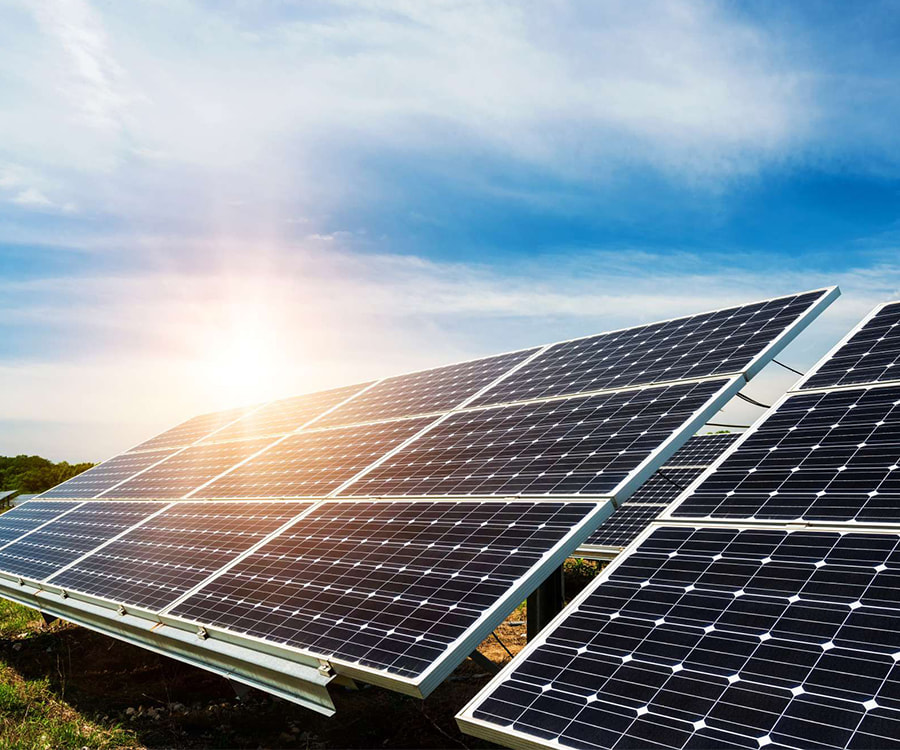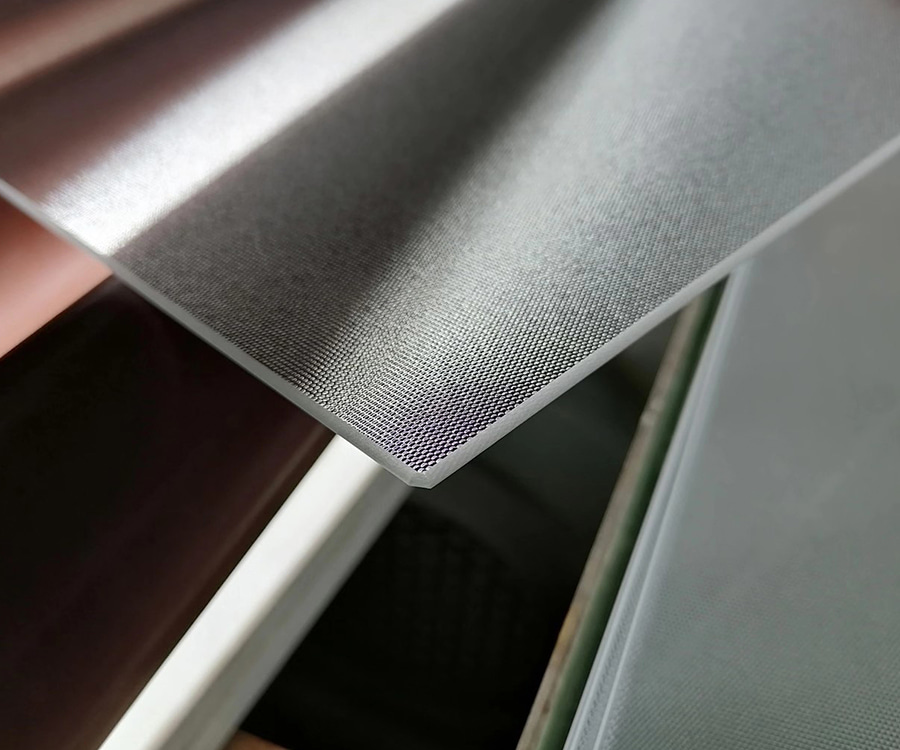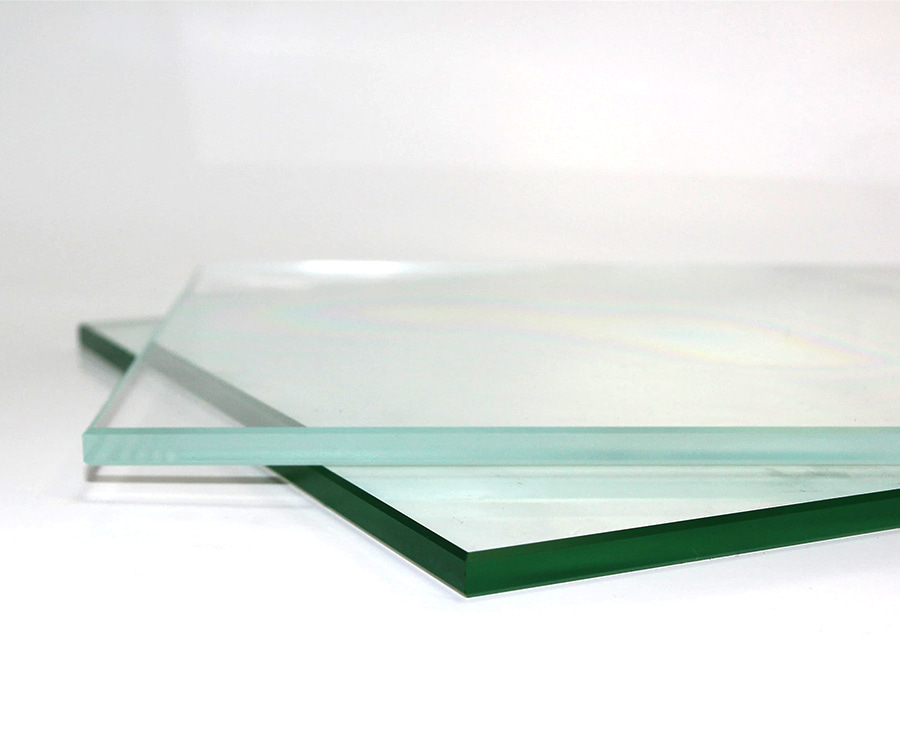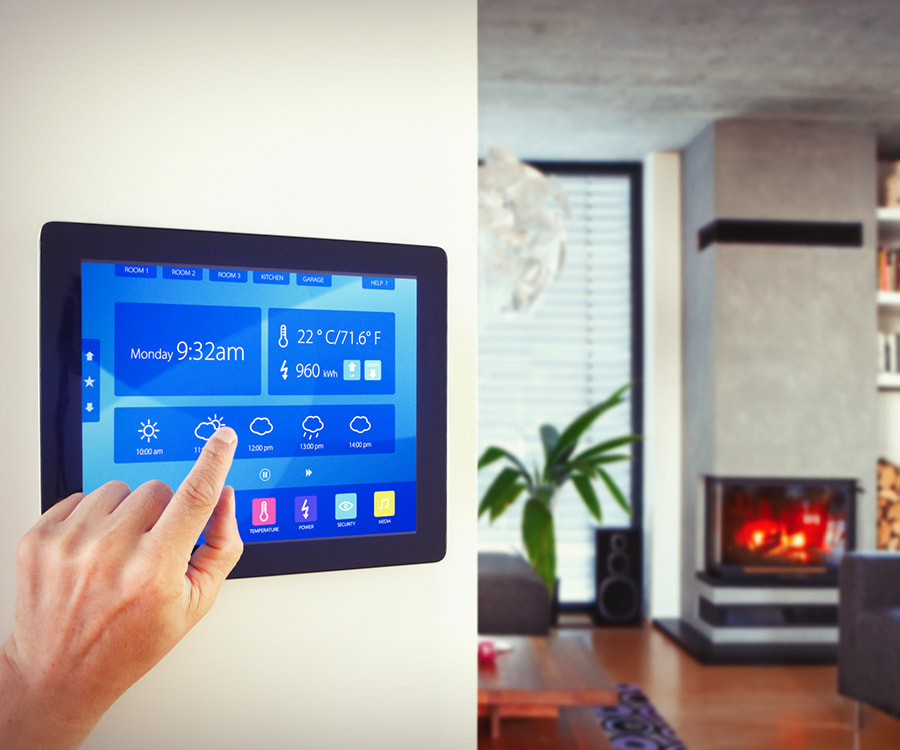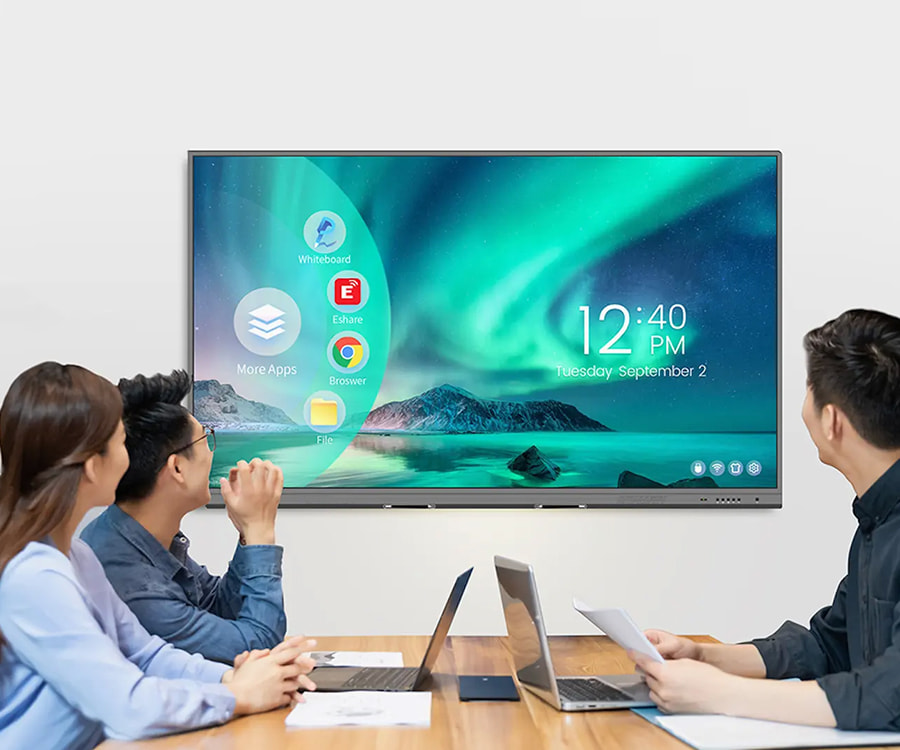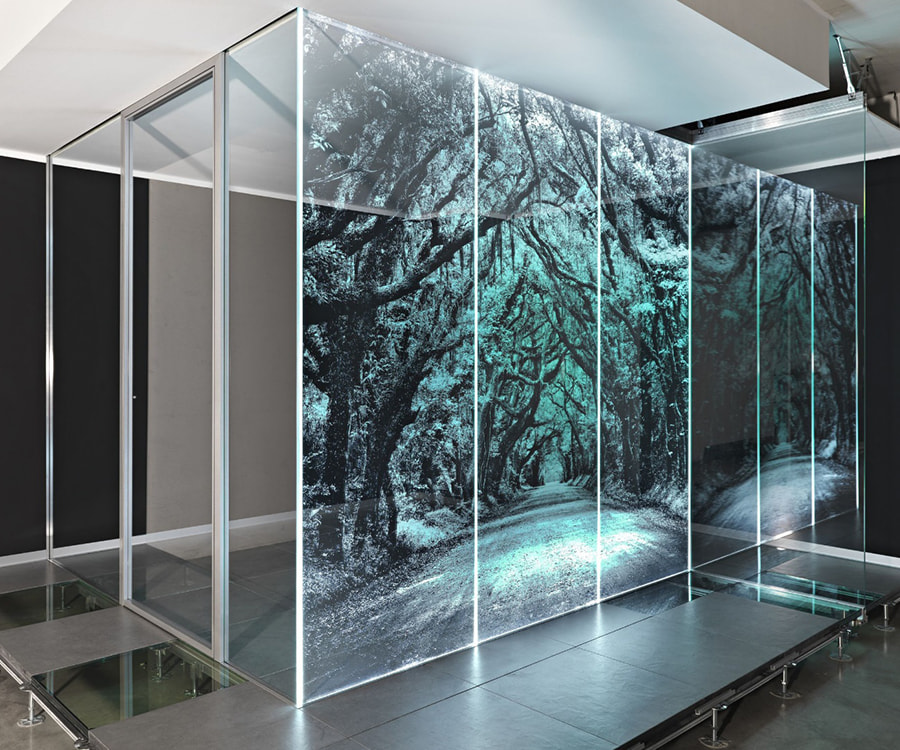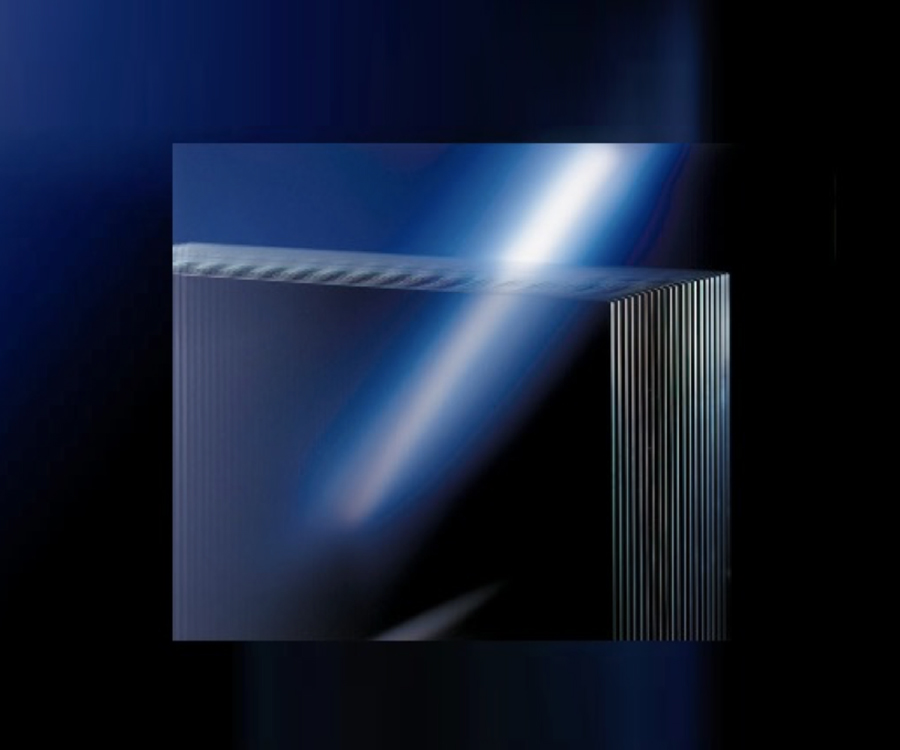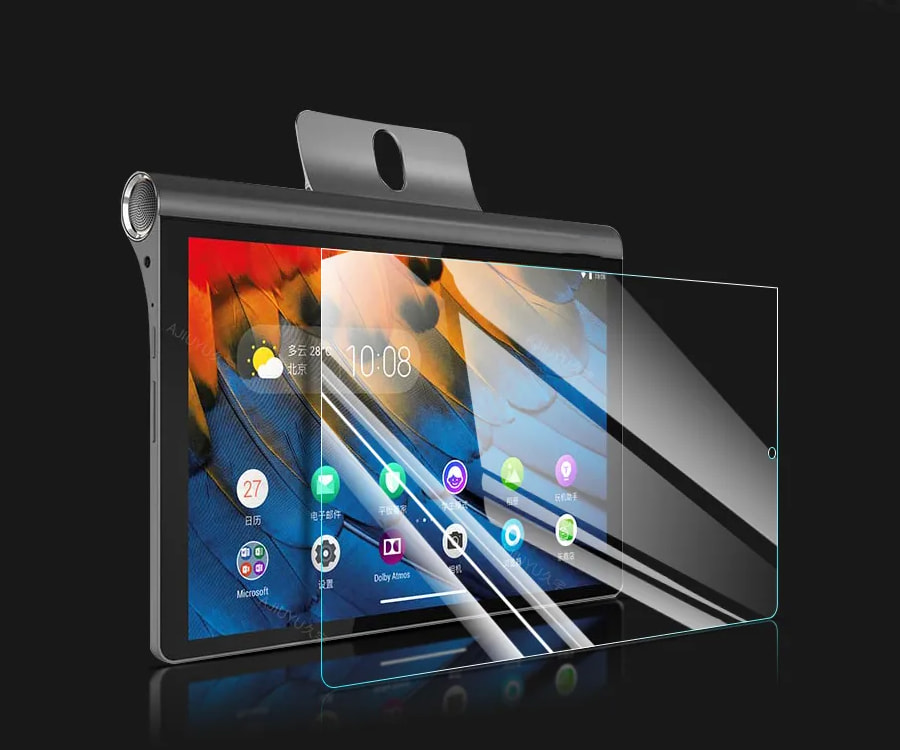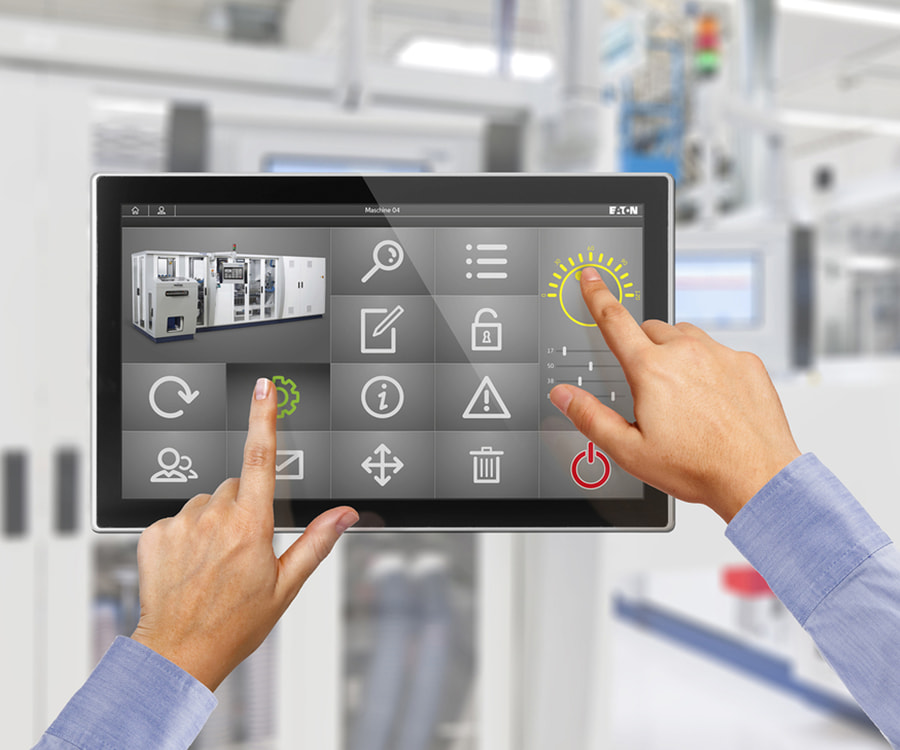The main function of Opto-Electronics Glass is to convert light energy into electrical energy and, when powered on, can play dynamic videos, creating a visual effect. When powered on, Opto-Electronics Glass can play programmed video content, even creating a 3D effect when viewed from certain angles. When powered off, it appears just like ordinary glass, offering excellent light transmittance and transparency.
In addition, Opto-Electronics Glass offers advantages such as energy conservation, environmental protection, sound insulation, structural strength, and architectural aesthetics. It reduces heat ingress from outside and reduces the outward radiation and conduction of energy from indoor spaces, thereby achieving energy savings. Not only can it serve as glass curtain walls for buildings, implementing the concept of green architecture, but it can also provide a portion of the building's electricity needs when powered on, reducing energy consumption.
In what fields is Opto-Electronics Glass widely used?
Opto-Electronics Glass has a wide range of applications, primarily in the following areas:
Architecture: Opto-Electronics Glass can serve as glass curtain walls for buildings, implementing the concept of green architecture. For example, the China Pavilion at the Shanghai World Expo utilized Opto-Electronics Glass curtain wall technology, partially powering the pavilion through a photovoltaic power generation system, achieving green building goals. Furthermore, Opto-Electronics Glass curtain walls not only convert sunlight into electricity, but also maintain high transparency and energy efficiency, enhancing the building's aesthetic appeal.
Transportation: In the transportation sector, Opto-Electronics Glass can be applied to windows in vehicles such as cars and airplanes, efficiently utilizing solar energy. Opto-Electronics Glass windows can convert sunlight into electricity, powering onboard electronic devices and reducing energy consumption. Furthermore, Opto-Electronics Glass exhibits high impact resistance, enhancing vehicle safety.
Energy: In the energy sector, Opto-Electronics Glass can serve as a substrate for solar panels, improving their conversion efficiency. Its high light transmittance and low light absorption loss allow solar panels to receive more sunlight, increasing power generation efficiency.
Display and Advertising: Opto-Electronics Glass also has a wide range of applications in display and advertising. It can be used as door screens, guardrail screens, transparent screens, and display windows, bringing innovative visual experiences to venues such as city landmarks, exhibitions, and administrative halls.
Interior Decoration and Commercial Spaces: Opto-Electronics Glass is also widely used in interior decoration and commercial spaces. It can be used for ceilings, partitions, signs, and even interior and exterior walls and art exhibitions, creating a variety of effects and possibilities.
Retail Stores: In retail stores, Opto-Electronics Glass has become a powerful tool for attracting customers. It can be used in windows and display cabinets, attracting customers' attention and boosting sales.
Smart Cities and Intelligent Construction: In these areas, Opto-Electronics Glass can be used for display and information transmission.
What are the environmental performance of Opto-Electronics Glass?
The environmental performance of Opto-Electronics Glass is mainly reflected in the following aspects:
Energy Saving and Reducing Energy Consumption: Opto-Electronics Glass can reduce the infiltration of outdoor heat and the outward radiation and conduction of indoor energy, thereby reducing the need for cooling in summer and heating in winter, achieving energy savings. Furthermore, the production process of Opto-Electronics Glass does not emit wastewater, exhaust gas, or waste, making it an environmentally friendly production method.
Reducing Greenhouse Gas Emissions: By reducing energy consumption, Opto-Electronics Glass helps reduce greenhouse gas emissions and combat climate change.
Light Pollution Control: Opto-Electronics Glass reduces light pollution by reducing the amount of sunlight entering and increasing light absorption, thereby improving the efficiency of solar photovoltaic modules and mitigating the greenhouse effect.
Material Recyclability: Although the document does not directly mention the recycling of Opto-Electronics Glass, general recycling of glass products can conserve resources, reduce energy consumption and greenhouse gas emissions, and protect the environment.
Low-Noise Operation: Opto-Electronics Glass produces no noise during operation, making it a quiet energy generator.
Environmentally Friendly Materials: Opto-Electronics Glass uses EVA film to bond the photovoltaic modules together, which not only contributes to environmental protection but also improves product safety.
As a new environmentally friendly and energy-saving material, Opto-Electronics Glass demonstrates its environmental performance in many aspects, including energy conservation, pollution reduction, material recyclability, and low-noise operation.


